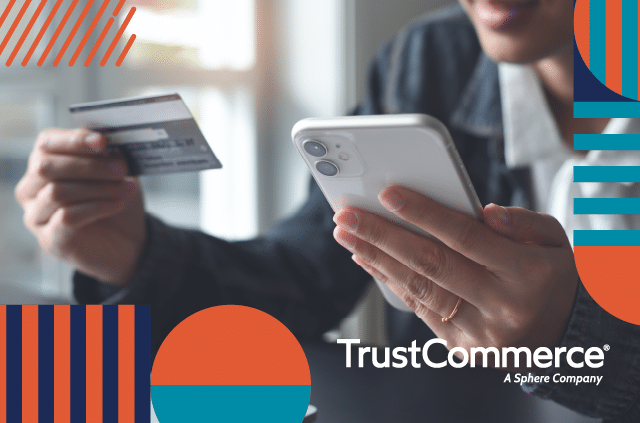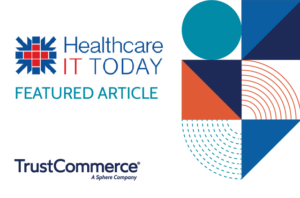Modernizing the customer payment experience isn’t important just for banks; it’s essential for healthcare providers, too.
With margins tight and labor costs high, it is “more crucial than ever” that providers understand the landscape around payment trends to identify opportunities to gain operational efficiencies, according to JPMorgan.
For patients, the healthcare payments experience can also lead to frustration. According to PYMNTS, 54% of consumers have dealt with at least one pain point during the payment process. Specifically, 76% of consumers report receiving an unexpected bill and 71% say medical bills confuse them.
By adopting convenient, flexible digital payment options, providers can help patients overcome many of the difficulties associated with medical bills, while also advancing their digital transformation to cater to growing consumer preferences for digital tools.
Following are four ways healthcare providers can modernize the patient payments experience:
- Contactless payments: Cashless payments growth in the U.S. and Canada is projected to nearly double by 2030, according to PwC. Much of this will come in the form of digital wallets such as PayPal, Venmo, Google Pay, and Apple Pay that can be easily accessed by computers or smartphones and eliminate the need for consumers to carry a traditional wallet, credit or debit This allows patients the convenience to make payments using digital wallets at in-person payment terminals, in apps, and on websites.
Contactless payments enhance the patient payments experience, offering providers and their patients greater convenience, ease-of-use, and efficiency compared to traditional methods of paying medical bills. For providers, adopting mobile patient payments reduces reliance on paper, leading to cost savings, faster payments, and more time for staff.
- Flexible payment plans: In some cases, payment plans may enable patients to access care they may have otherwise had to forgo, due to high costs. Instead of paying a lump sum upfront, patients have the option to spread out payments over time. This may allow them to receive necessary care sooner, preventing their medical conditions from worsening and becoming more costly to treat.
For providers, patient financing needs are an important consideration for procedures that are not covered by insurance, such as elective services, which patients must pay for out of their own pockets. By offering payment plans, healthcare providers increase the likelihood of payment for delivery of high-cost procedures, whether up-front or over a specified time period.
- Data breach prevention: Healthcare organizations are often the targets of data breaches. The cost of a breach in data in the healthcare industry has increased 42% since 2020, according to IBM’s most recent annual report on data breaches. Managing risks associated with handling sensitive payment data is one of the most significant challenges of transaction processing. Providers need to ensure that their patient payment platforms deliver comprehensive risk management and security in a scalable form.
- Payment tokenization: In 2001, TrustCommerce developed payment tokenization to protect sensitive transaction data. As patients continue to prioritize financial security, payment card tokenization technology has taken on increasing importance for providers. Tokenization is the process of storing payment data for future use by replacing sensitive data, such as credit card numbers, with tokens. Tokens are used in place of the sensitive data in transactions and storage, reducing the risk of fraud and data theft. For providers, payment tokenization offers a safe, convenient way of allowing patients to pay with a stored card, while at the same time saving a patient’s financial account information in a secure manner for future and repeat use.
Healthcare providers must start their digital transformation to modernize the patient payment experience and meet the growing expectations for digital tools, while ensuring financial security. Contact TrustCommerce to learn more about how providers can start implementing digital payment options.






